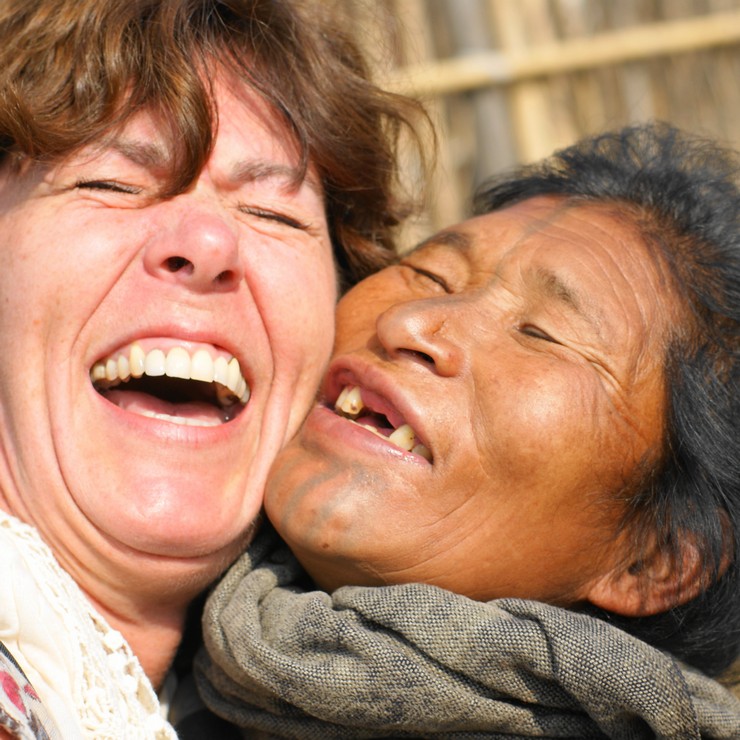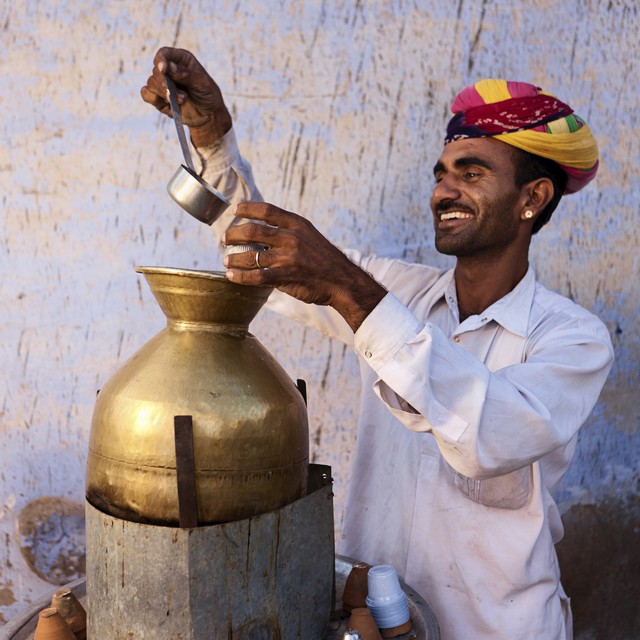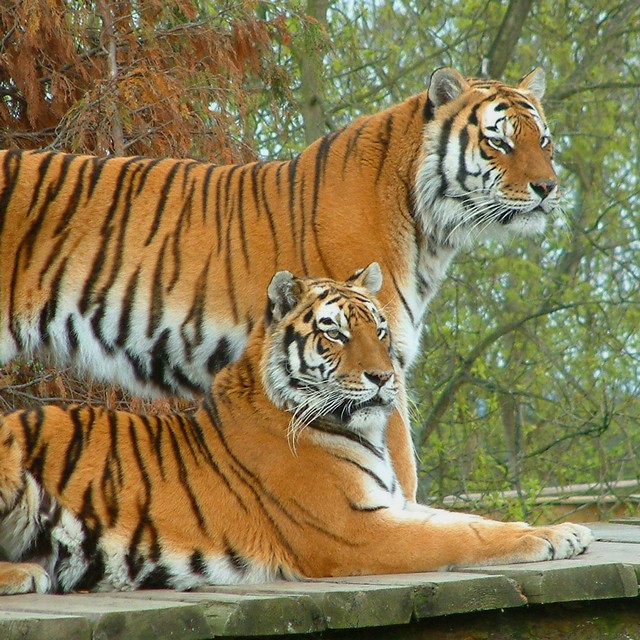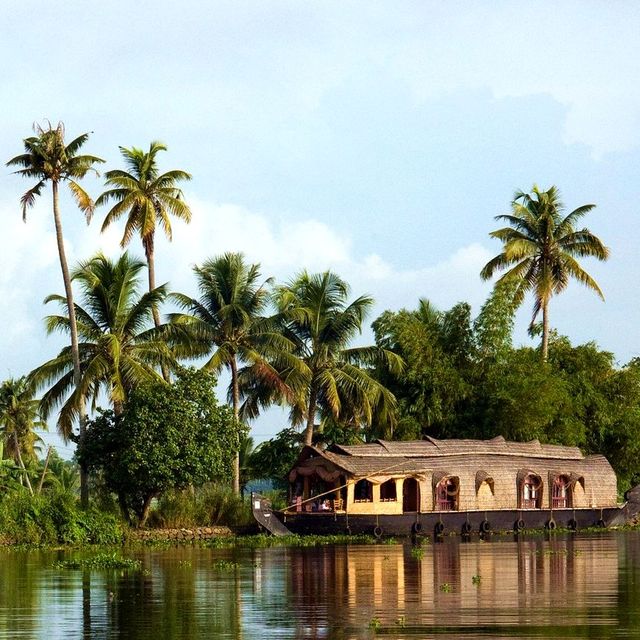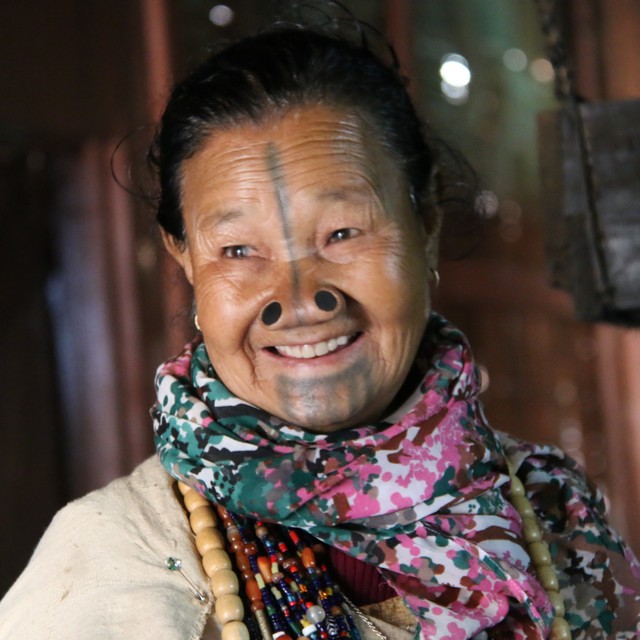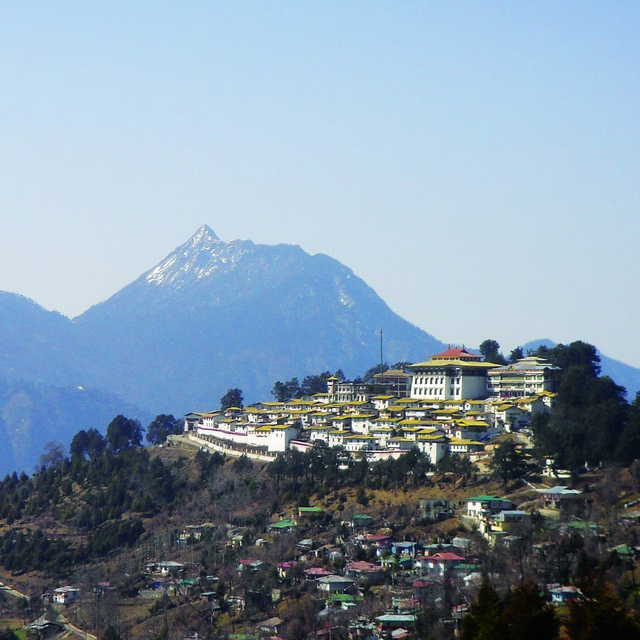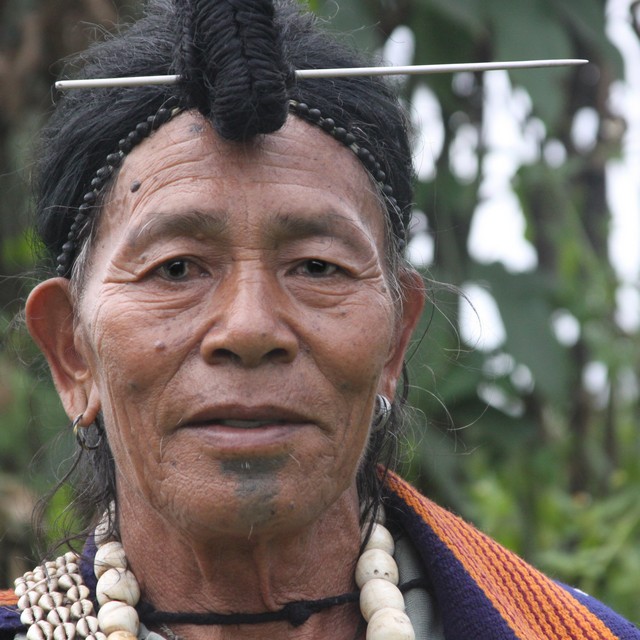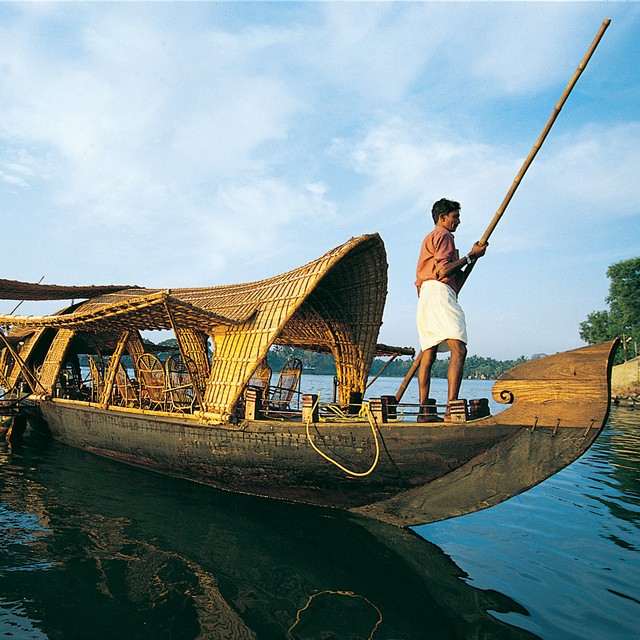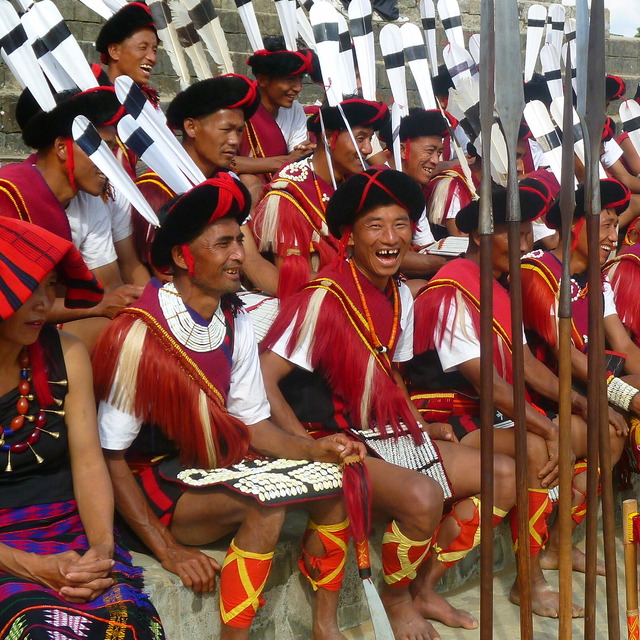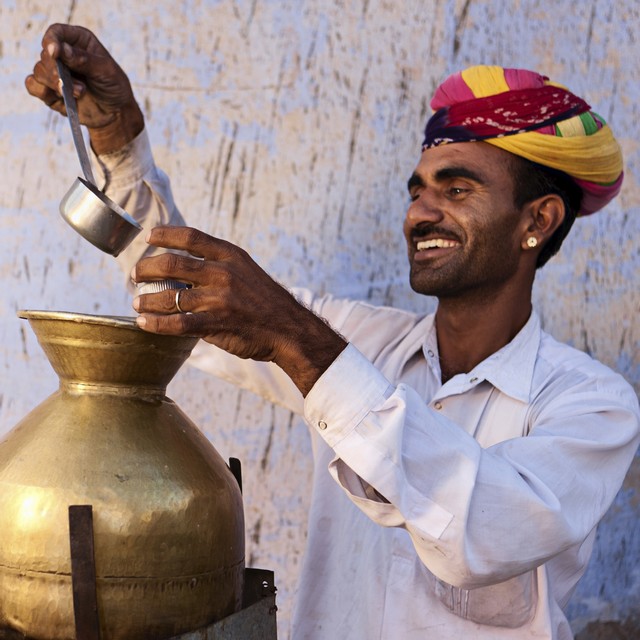Remote villages & jaw-dropping scenery
On the tiger trail through Bandhavgarh and Kanha
Marvel at India's most incredible forts and palaces
Discover colonial Kolkata and the Sunderbans Tiger Reserve
A real life Jungle Book.
Ideal extension to Bhutan
Travel across the spectacular Himalayan Highway
After exploring the busy cities, there's no better place to relax than one of India's paradisiacal beaches
Himalayan treks, village walks and more
Escape the city and unwind among some of the most breathtaking mountain and hill scapes the world has to offer.
Visit the must-see sights and the hidden depths of India's most vibrant cities.
Discover iconic sights of India, Nepal & Bhutan
Travel through the Himalayan foothills via Shimla & Amritsar to Ladakh
Himalayan mountains, unseen tribes & amazing wildlife
Experience Bhutan's rich culture, colonial Kolkata and rural life in Assam
Travel India's forgotten Silk Road from Kashmir to Ladakh
Golden Triangle and the Himalayas
Textile tour of Gujarat & Rajasthan including the Mewar Festival
Spot tigers, lions, leopards, buffalo, rhino & elephants
Mighty sea fortresses, rock-cut cave temples, and verdant hill stations
Experience the culture and landscapes of India & Bhutan
Aoling Festival, wildlife in Assam & natural beauty of Manipur
Experience the flavours and exotic spices of South India
Discover Rajasthan's forts, palaces and rural villages
Idyllic backwaters, tropical forests & ancient temple towns
Temple towns of Tamil Nadu to backwaters of Kerala
Track the Himalayan brown bear & snow leopard on a once-in-a-lifetime trip
Experience dramatic Himalayan scenery, Buddhist and Islamic cultures
Wildlife, diverse cultures & rural life in hidden North East India
Uncover the regal wildlife of Rajasthan
Take in the highlights of central India
Tribal villages, temples, salt flats & the world's last Asiatic lions
Discover Karnataka's stone temples, wildlife and coffee farms
Visit remote tribal villages of Orissa & Chhattisgarh
Perfect mix of classic sights and off-beat places for first-timers to India
Wildlife, tribes & rural life in Assam and Nagaland
Charming towns, spice plantations & idyllic backwaters
Colonial Kolkata, Darjeeling toy train & Buddhism
Remote tribal cultures in Arunachal Pradesh, Assam & Nagaland
Discover the huge diversity of North India's cuisine
Diverse wildlife in Assam and the Sunderbans
Explore this UNESCO biodiversity hotspot on foot
Rural villages, grand forts & wildlife
Track India's tigers, leopards & lions
Gujarat's Asiatic Lions, Salt Flats & Textile Villages
Once in 12 years - the largest gathering of humanity on earth
Expert-led trip through Kashmir and Ladakh
Attain lofty heights over soul-soothing Ladakh
Golden Triangle, tigers & exotic Kerala
Set foot in Ladakh's hidden Himalayan valleys
Discover the forts, palaces, villages and desert of Rajasthan
Waterfalls, hills and living bridges in North East India
Tea, spices, backwaters & beaches
























